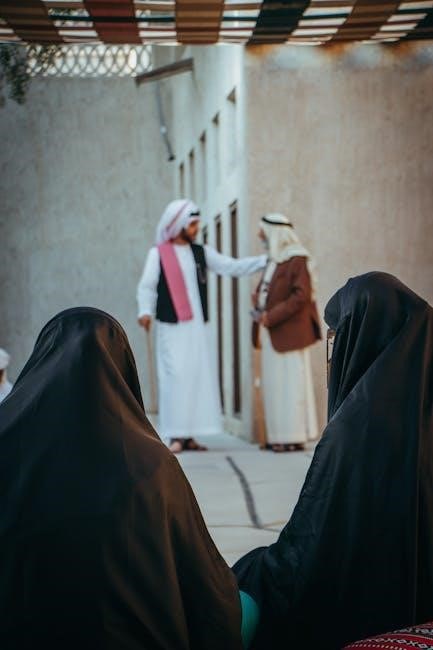Art History Timeline PDF: A Comprehensive Overview
Embark on a visual journey through the annals of artistic creation with our comprehensive Art History Timeline PDF. This resource offers an engaging overview of art’s evolution, from ancient masterpieces to contemporary innovations. Explore key movements, artists, and cultural contexts that have shaped our visual world.
Art History Timelines serve as invaluable tools for navigating the vast and intricate landscape of artistic expression across different eras. These timelines provide a structured framework for understanding the chronological progression of art movements, styles, and significant artists. They offer a visual representation of how art has evolved in response to cultural, social, and technological shifts throughout history.
By utilizing a timeline, students, educators, and art enthusiasts can gain a clearer perspective on the relationships between various art periods and their defining characteristics. A well-constructed art history timeline PDF can be an excellent resource for grasping the key events, artistic innovations, and influential figures that have shaped the course of art history. It allows for easy reference and facilitates a deeper comprehension of the interconnectedness of artistic developments. Whether you are a seasoned art historian or just beginning your exploration of art, a timeline offers a valuable framework for understanding the rich tapestry of human creativity.
Prehistoric Art (c. 40,000 BCE – 4,000 BCE)
Prehistoric art, spanning from approximately 40,000 BCE to 4,000 BCE, represents the earliest known artistic expressions of humanity. This period encompasses a vast stretch of time before the advent of written records, offering a glimpse into the lives, beliefs, and cognitive abilities of our ancient ancestors. Cave paintings, such as those found in Lascaux and Altamira, stand as iconic examples of prehistoric art, depicting animals, human figures, and abstract symbols with remarkable skill and detail.
These paintings often served ritualistic or spiritual purposes, possibly related to hunting practices or shamanistic beliefs. Portable art, including figurines like the Venus of Willendorf, also played a significant role in prehistoric culture. These small, often stylized representations of the human form suggest an interest in fertility, beauty, and the mysteries of life. Prehistoric art provides invaluable insights into the origins of human creativity and the development of symbolic thought. The creation of art during this era signifies a fundamental aspect of human evolution.
Ancient Art: Egypt, Greece, and Rome
Ancient art, encompassing the artistic traditions of Egypt, Greece, and Rome, represents a pivotal era in the development of Western art history. Egyptian art, characterized by its monumental scale and symbolic imagery, served primarily religious and funerary purposes. The pyramids, colossal statues of pharaohs, and intricate tomb paintings reflect a sophisticated understanding of mathematics, engineering, and artistic representation. Greek art, renowned for its emphasis on humanism and idealized forms, celebrated the beauty and potential of the human body.
Sculptures like the Doryphoros and the Parthenon exemplify the Greek pursuit of perfection and harmony. Roman art, heavily influenced by Greek traditions, prioritized practicality and grandeur, showcasing the power and authority of the Roman Empire. Architectural marvels like the Colosseum and the Pantheon, along with realistic portrait sculptures and elaborate mosaics, demonstrate the Roman mastery of engineering and artistic skill. The artistic legacy of Egypt, Greece, and Rome continues to inspire and influence artists today.
Medieval Art (c. 500 CE – 1400 CE)
Medieval art, spanning from approximately 500 CE to 1400 CE, reflects the profound influence of Christianity and the rise of feudal societies in Europe. Early Medieval art, characterized by its stylized figures and symbolic representations, prioritized religious expression over naturalistic depiction. The illuminated manuscripts, such as the Book of Kells, showcase intricate ornamentation and elaborate calligraphy, serving as visual testaments to faith and devotion. Romanesque art, emerging around the 11th century, featured massive stone structures with rounded arches and sculptural reliefs, reflecting the power and authority of the Church.
Gothic art, flourishing from the 12th century onward, embraced soaring cathedrals with pointed arches, stained glass windows, and intricate sculptures, creating awe-inspiring spaces that evoked a sense of spiritual transcendence. The art during the Medieval period served as a tool to educate the masses about the Bible. From the Byzantine mosaics, to the tapestries in castles, Medieval art provides a unique glimpse into the lives of people living during this time.
Renaissance Art (c. 1400 CE – 1600 CE)
Renaissance art, flourishing from approximately 1400 CE to 1600 CE, marked a transformative period in art history, characterized by a renewed interest in classical antiquity, humanism, and scientific inquiry. Emerging in Italy, the Renaissance witnessed a shift from religious dogma to a celebration of human potential and earthly beauty. Artists such as Leonardo da Vinci, Michelangelo, and Raphael revolutionized painting, sculpture, and architecture, employing techniques like perspective, sfumato, and anatomical accuracy to create lifelike and emotionally resonant works.
The Renaissance saw the rise of portraiture as a prominent genre, with artists capturing the likeness and personality of their patrons. Renaissance architecture emphasized symmetry, proportion, and classical orders, resulting in harmonious and elegant structures. The High Renaissance, centered in Rome, reached its zenith with masterpieces like Michelangelo’s Sistine Chapel ceiling and Raphael’s School of Athens. The influence of the Renaissance spread throughout Europe, inspiring artistic innovation and cultural transformation.
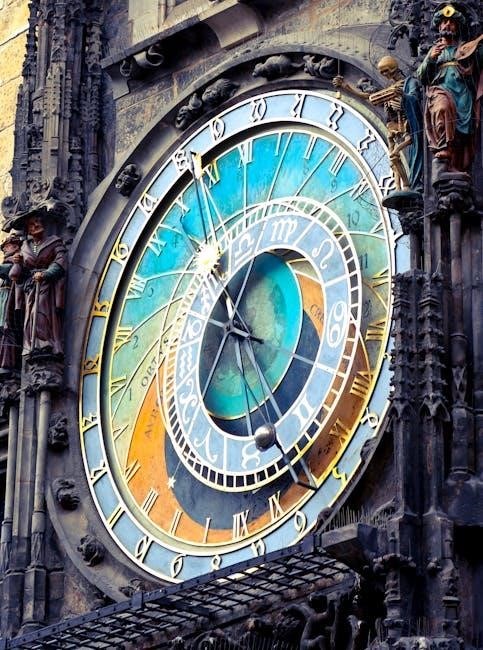
Baroque Art (c. 1600 CE – 1750 CE)
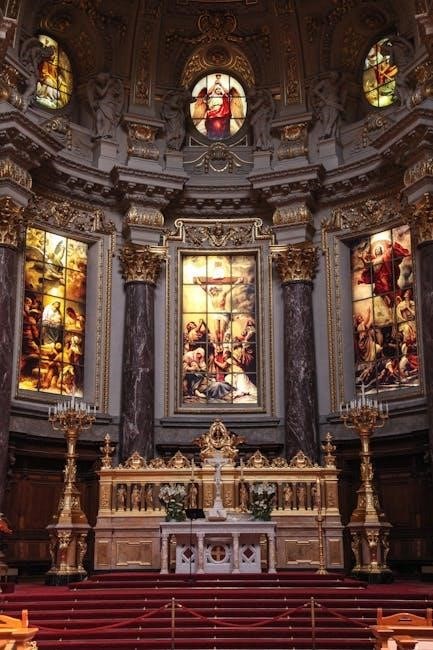
Baroque art, spanning from approximately 1600 CE to 1750 CE, emerged as a dramatic and opulent style, characterized by grandeur, emotion, and dynamic movement. Arising in the aftermath of the Renaissance, the Baroque period reflected the religious and political tensions of the era, particularly the Counter-Reformation. Artists like Caravaggio, Bernini, and Rembrandt employed dramatic lighting, rich colors, and elaborate ornamentation to evoke intense emotional responses in viewers.
Baroque painting often depicted scenes of religious ecstasy, martyrdom, and historical events, emphasizing the power and glory of the Church and the state. Baroque sculpture embraced theatrical poses and flowing drapery, creating a sense of dynamism and energy. Baroque architecture featured elaborate facades, soaring domes, and ornate interiors, designed to inspire awe and reverence. The Baroque style spread throughout Europe and Latin America, leaving a lasting legacy of artistic innovation and cultural expression. From the dramatic canvases of Rubens to the majestic sculptures of Bernini, Baroque art continues to captivate and inspire audiences today.
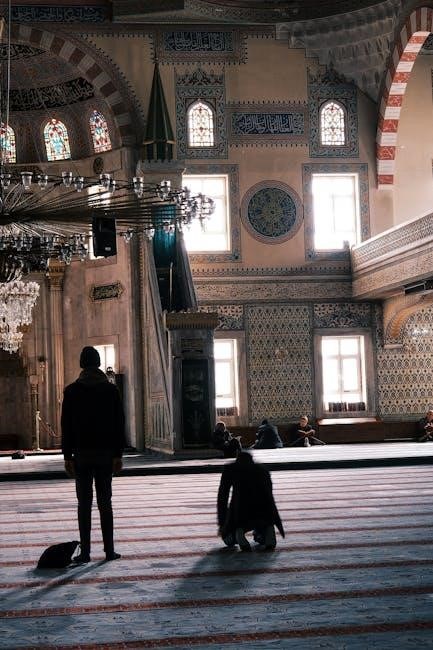
Modern Art (c. 1860s – 1970s)
Modern Art, a transformative era spanning from the 1860s to the 1970s, represents a radical departure from traditional artistic conventions. Fueled by industrialization, technological advancements, and social upheaval, Modern Art embraced experimentation, innovation, and subjective expression. Impressionism, with artists like Monet and Renoir, challenged academic painting by capturing fleeting moments and the effects of light. Post-Impressionism, including Van Gogh and Cézanne, further explored personal emotions and abstract forms.
Cubism, pioneered by Picasso and Braque, shattered traditional perspectives, presenting fragmented and geometric representations of reality. Surrealism, led by Dalí and Magritte, delved into the subconscious, exploring dreams and irrationality. Abstract Expressionism, with Pollock and Rothko, emphasized spontaneous gesture and non-representational imagery. Modern Art encompasses a vast array of styles and movements, reflecting the complexities and contradictions of the modern world. This period witnessed a shift from objective representation to subjective interpretation, paving the way for contemporary artistic practices. Modern Art continues to influence and inspire artists today.
Contemporary Art (c. 1970s – Present)
Contemporary Art, encompassing art from the 1970s to the present, reflects a diverse and ever-evolving landscape of artistic expression. Rejecting singular styles or movements, Contemporary Art embraces pluralism, experimentation, and critical engagement with social, political, and cultural issues. Conceptual Art, pioneered by artists like Sol LeWitt, emphasizes the idea behind the artwork over its aesthetic qualities. Performance Art, often ephemeral and interactive, challenges traditional notions of art and audience. Installation Art creates immersive environments that engage viewers in a physical and sensory experience.
New Media Art incorporates digital technologies, such as video, computers, and the internet, into artistic practice. Contemporary artists address a wide range of themes, including identity, globalization, environmentalism, and social justice. Appropriation, pastiche, and irony are common strategies employed to critique and subvert existing power structures. Contemporary Art is characterized by its interdisciplinary nature, blurring the boundaries between art, science, and technology. It challenges viewers to question their assumptions and engage in critical dialogue. Contemporary Art continues to evolve, reflecting the complexities and contradictions of our rapidly changing world.
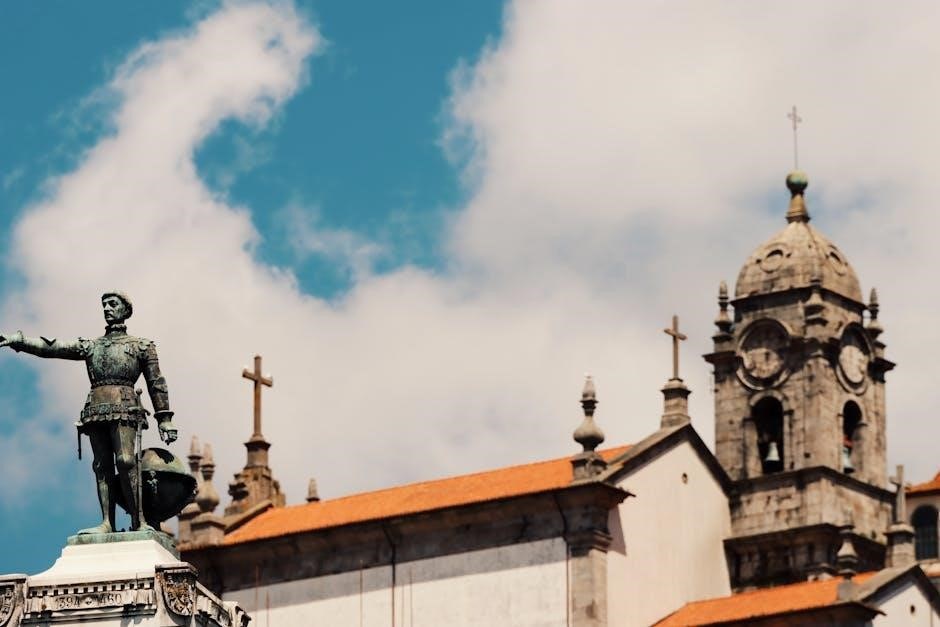
Creating a Printable Art History Timeline
Crafting your own printable art history timeline offers a fantastic way to visualize and understand the progression of art through the ages. Begin by selecting a timeline template that suits your needs, whether it’s a simple linear format or a more complex, branching design. Gather your information from reliable sources, such as art history textbooks, museum websites, and scholarly articles. Organize the information chronologically, noting key periods, movements, artists, and artworks. Include concise descriptions and relevant dates for each entry.
Consider adding images of representative artworks to enhance the visual appeal and educational value of your timeline. Choose high-quality images that are clear and accurately depict the artwork. Utilize software like Microsoft Word, Google Docs, or specialized timeline creation tools to design and format your timeline. Ensure that the text is legible and the layout is visually appealing. Proofread carefully for any errors in spelling, grammar, or dates. Finally, print your timeline on durable paper or cardstock for long-lasting use. This personalized art history timeline will be a valuable resource for studying and appreciating the world of art.
Resources for Art History Timelines (PDFs and Online)
Numerous resources are available online and in PDF format to aid in your exploration of art history timelines. Many reputable museums, such as the Metropolitan Museum of Art, offer comprehensive timelines on their websites, often accompanied by downloadable PDFs. Academic institutions and educational websites also provide valuable resources, including interactive timelines and printable charts. Search for terms like “art history timeline PDF,” “art movement timeline,” or “chronological art history” to find a wealth of options.
Websites like Khan Academy and Smarthistory offer free art history courses and resources that include detailed timelines. Art history textbooks and encyclopedias often contain timelines as well. Be sure to evaluate the credibility of the source before relying on its information. Look for sources that are well-researched, peer-reviewed, and authored by experts in the field. When using online resources, check for updates and revisions to ensure the information is current. By utilizing a variety of resources, you can gain a comprehensive understanding of art history and create your own informative and accurate timeline. Remember to cross-reference information from multiple sources to ensure accuracy and completeness.
